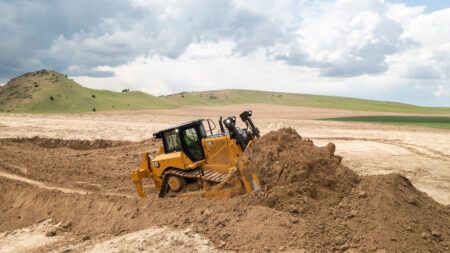In the first half of 2024, crane and lift-truck manufacturer Palfinger recorded revenue of EUR 1,175.4 million, an operating result (EBIT) of EUR 112.2 million and consolidated net income of EUR 68.3 million.
Palfinger recorded a strong demand for service cranes and truck-mounted forklifts in the North American market (NAM). The ongoing good economic situation and infrastructure investments are ensuring a positive market environment. Profitability in NAM increased significantly.
Thanks to strong demand for loader cranes in the emerging Indian market, the Asia region (APAC) showed good growth from a low level, although there is still no recovery to be seen in China.
In Latin America (LATAM) a positive trend can be seen, mostly driven by Brazil, its largest economy.
In the EMEA region, order intake remains at a low level, particularly in the core European markets of Germany, France and Scandinavia. Due to strong tourism and infrastructure projects, Southern Europe continues to show a positive trend, especially Spain, Portugal, Italy and Greece.
“Palfinger began preparing early for significantly more volatile conditions in the long term. The product mix and global positioning, which proved to be a key resilience factor in the first half of 2024, played an important role,” says Andreas Klauser, CEO of Palfinger. “The markets for access platforms as well as offshore and marine cranes remained stable.”
The Löbau production site in Germany has been significantly expanded and extended in order to fully exploit the growth potential in access platforms. Production started successfully in May this year, positioning Löbau as a central part of Palfinger’s global development and innovation network.
In Madrid, an investment was made in acquiring land for a new Sales and Service Hub. The new location creates synergies and supports the servicing of the Spanish market.
Palfinger’s global sales and service conference with over 300 participants from more than 60 countries across all continents took place in June. In particular, strategies and concepts were developed to proactively meet the current economic challenges.




